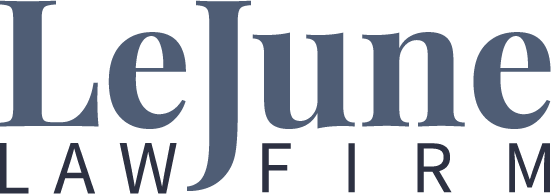Damages under the Copyright Act are governed by 17 U.S.C. § 504. Under section 504(b), a copyright plaintiff is “entitled to recover the actual damages suffered by him [] as a result of the infringement, and any profits of the infringer that are attributable to the infringement and are not taken into account in computing the actual damages.” Alternatively, pursuant to section 504(c), at any time before final judgment is rendered, the plaintiff may elect to recover, instead of actual damages and profits, an award of statutory damages for all infringements involved in the action, with respect to any one work, for which any one infringer is liable individually, or for which any two or more infringers are liable jointly and severally, in a sum not less than $750 or more than $30,000 as the court considers just.” In the case that the court finds the infringement was committed willfully, “the court in its discretion may increase the award of statutory damage to a sum of not more than $150,000.” The Copyright Act grants the copyright holder “exclusive rights to use and to authorize the use of his work in five qualified ways, including reproduction of the copyrighted work in copies.” Sony Corp. v. Universal City Studios, Inc., 464 U.S. 417, 432-33, 78 L.Ed. 2d 574, 104 S.Ct. 774 (1984); CoStar Grp., Inc. v. LoopNet, Inc., 373 F.3d 544, 549 (4 th Cir. 2004).
In addition to the right to reproduce the copyrighted work, the copyright holder is given the exclusive right to “distribute copies or phonorecords of the copyrighted work to the public by sale or other transfer of ownership, or by rental, lease, or lending,” and to “display the copyrighted work publicly. See 17 U.S.C. § 106(3) and 106(5). The Copyright Act states that “[a]nyone who violates any of the exclusive rights of the copyright owner as provided by sections 106 through 122 or of the author as proved in section 106A(a) …. [i]s an infringer of the copyright or right of the author, as the case may be.” 17 U.S.C. § 501(a). An infringer has thus been characterized as one who “trespasses into [the copyright owner’s] exclusive domain” established in § 106. Id. Therefore, it is entirely possible (if not probable) that when an infringer violates one of an author’s exclusive right, he is also violating several others. For example, if an online publisher uses a copyright-protected photograph without license or authorization to advertise and market their publication, the publisher has violated at least two (2) of the author’s exclusive rights. The publisher has violated the exclusive right of reproduction under 17 U.S.C. § 106(1), as well as the right to display the work publicly under 17 U.S.C. § 106(5). However, with respect to statutory damages, a copyright owner may only receive one (1) statutory damage award for any one work – regardless of the number of violations. Does this mean that the scope of an infringer’s violation is irrelevant for a fact-finder in considering an amount to award in statutory damages? Certainly not.
Courts through the country find that the range between the statutory minimum ($750) and statutory maximum ($30,000 for non-willful infringement and up to $150,000 for willful infringement) depends upon the nature of the specific infringement, the willfulness of the
infringer, and factors exclusive to each case at hand. See 17 U.S.C. § 504(c); Schiffer Publ’g, Ltd. v. Chronicle Books, LLC, Civ. No. 03-4962, 2005 WL 67077, at *4 (E.D.Pa. Jan. 11, 2005); see also Ortiz-Gonzalez v. Fonovisa, 277 F.3d 59, 63-64 (1st Cir.2002); Morley Music Co. v. Dick Stacey’s Plaza Motel, Inc., 725 F.2d 1, 2-3 (1st Cir.1983). Thus, the specific facts and circumstances surrounding the scope of infringement (including, but not limited to the number of violations) are relevant to a jury determine the amount in statutory damages, including what deterrent effect an award may have on an infringer. Moreover, the number of violations play a major role in determining the amount of damages to award under section 504(b). For actual damages, the term is “broadly construed to favor victims of infringement.” Dash v. Mayweather, 731 F.3d 303 (4 th Cir. 2013), quoting On Davis v. The Gap, Inc. 246 F.3d 152, 164 (2d Cir. 2001). Actual damages are often measured in the fair market value of the licensing “fee the owner was entitled to charge for [the infringer’s] use” of the copyrighted work. Id. “If a
copier of a protected work, instead of obtaining permission and paying the fee, proceeds without permission and without compensating the owner,… the owner has suffered damages to the extent of the infringer’s taking without paying what the owner was legally entitled to exact a fee for.” Id. As such, the specific facts and circumstances of the nature and scope of a defendant’s use is vital to understanding the actual damages inflicted upon a copyright holder who could have otherwise earned revenue from each instance of unauthorized use.
Finally, in determining an infringer’s profits attributable to the infringement, a fact-find clearly must know all manners in which the infringing work was used and how much the infringer profited from each use. Thus, while the number of violations may not affect the number of awards given to a copyright plaintiff, it certainly plays a major role in determining the amount of each such


